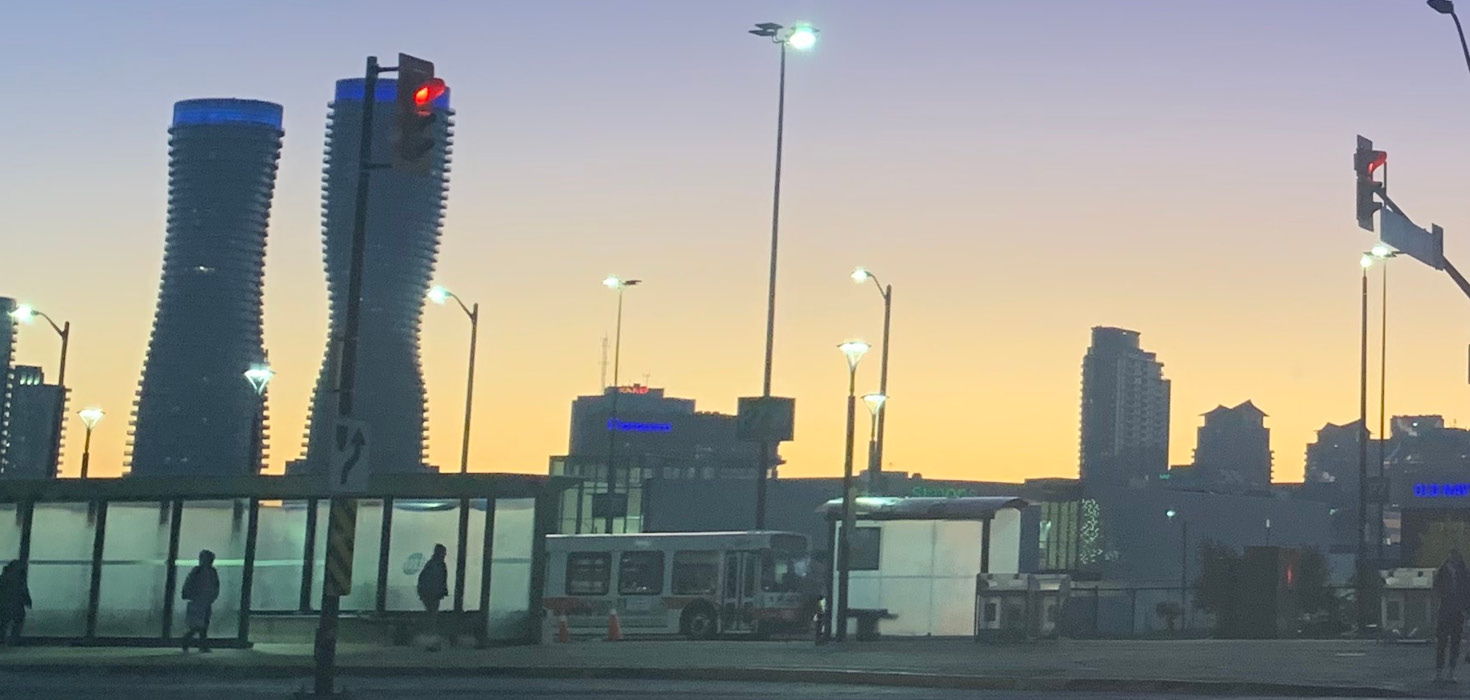Summary
The diversity of businesses in the Services and Mixed Use District (SMUD) – which range from suburban office parks to light industrial parks and includes manufacturing, retail and wholesale trade – has allowed the District to escape major economic disruption during the pandemic.
But the “open for business” status of many firms in the SMUD does not mean the District is without its challenges. Like the Goods Production & Distribution District, many essential on-site workers in the SMUD are at a higher risk of contracting the COVID-19 virus.
The SMUD is characterized by a diversity of businesses and a substantial geographic and economic footprint across the Corridor, with almost 690,000 jobs prior to the pandemic. Many businesses in the District remained open due to the essential nature of their operations and in-person consumer spending has been more resilient relative to other Business Districts.
Employment figures for Services & Mixed Use
+690,000 jobs (as of 2016)
43,450 businesses (as of 2018)
138km² in geographic size
51% of employees are able to work remotely
Top 3 sectors by employment share:
- Manufacturing (13%)
- Retail Trade (13%)
- Professional, scientific and technical services (11%)
Challenges and Opportunities for the District
Suburban commercial real estate markets in the region have been experiencing challenging conditions. A lack of convenient and efficient commuting options has created challenges related to congestion, as the vast majority of travel to work occurs by car. At the same time, the demand for industrial space has been booming, creating opportunities for growth for local players.
Impact of the Pandemic
As the pandemic upended our economy, it also drove a surge in e-commerce activity. Businesses in the SMUD were key beneficiaries of this trend as year-over-year growth in e-commerce retail spending averaged 34% between April and December of 2020. However, demand for commercial office space in the suburbs has further declined as many workers shifted to remote work. Still, more workers choosing to move from urban centres to the suburbs may help reverse this trend.
The potential impact of automation on workers in the District has intensified as automation efforts have been accelerated by the pandemic.
Recovery Post-Pandemic and Future Growth
Positioning the District for a successful post-COVID recovery will require stakeholders to address key challenges and leverage opportunities brought about by the pandemic. A rising prominence of e-commerce will require governments to work with business to better protect and assess the demand and supply of employment lands. At the same time, the shift to hybrid work creates an opportunity to reimagine suburban office parks as coworking spaces and as complete live, work and play environments. Increasing automation and technological adoption will also require business to invest in the workforce to align their skills to the jobs of tomorrow.
More Pandemic Recovery & Growth Data
Explore more outcomes from this Board of Trade initiative.






